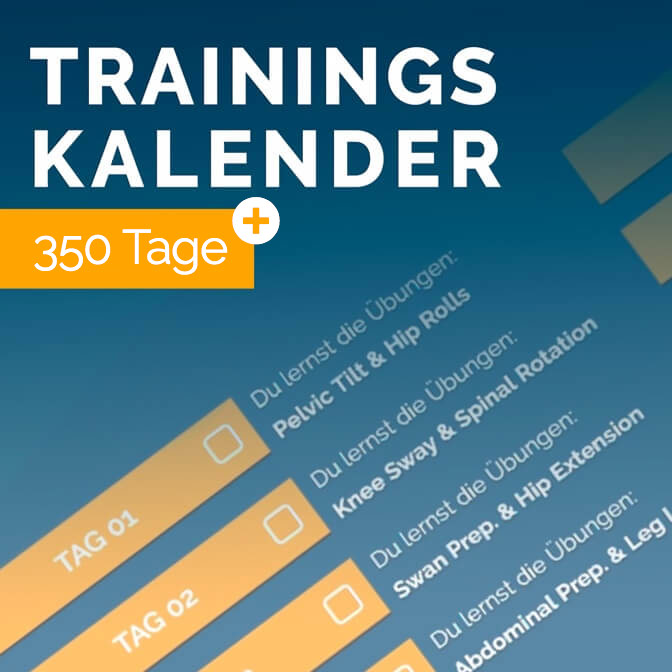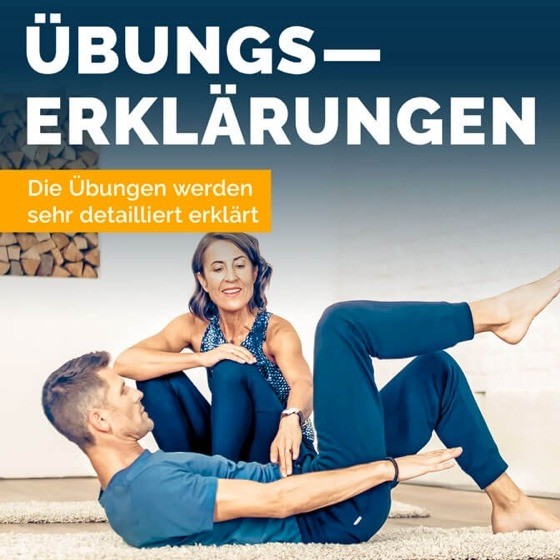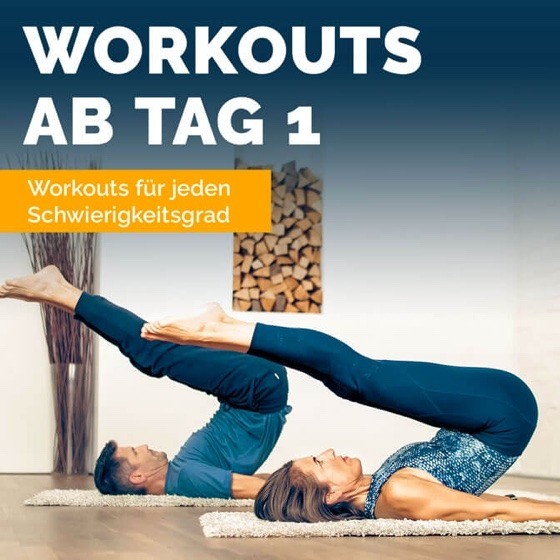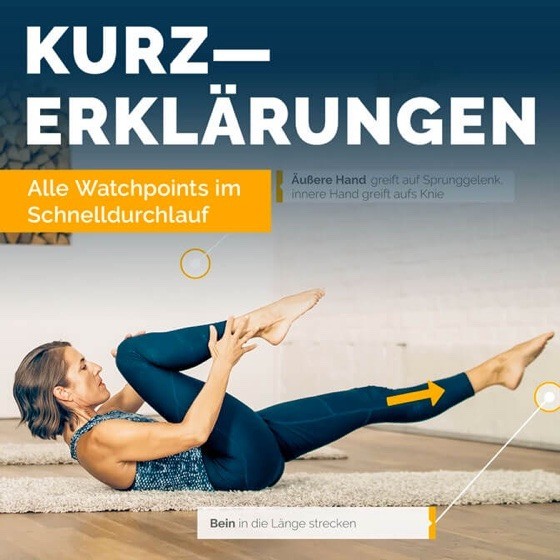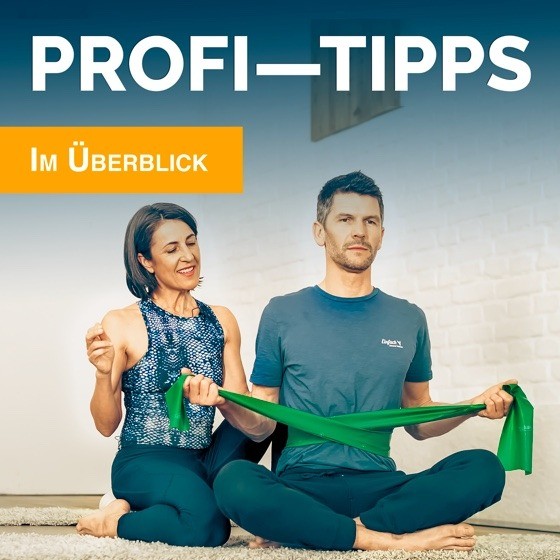
Pilates technique explained
Beautiful & healthy posture through Pilates
June 13, 2022, by Maria Felsner
In Pilates training, we always talk about optimal alignment of the pelvis, spine, shoulder girdle, and overall posture.
But what does it mean to be optimally aligned?
The importance of attitude
Everyone has their own individual anatomy and usually feels very comfortable in it. Many people are not aware that the anatomy and thus also the posture changes over the years.
A dysbalance in posture usually becomes noticeable insidiously, as one increasingly loses mobility, looseness in everyday movements decreases, pain as well as tension increase and general vitality decreases.
I would like to go into more detail in this article:
- what the causes of poor posture can be,
- how, or even if, strong trunk muscles protect our spine,
- Why alignment has an impact on exercise quality
- and why Pilates is the optimal solution for healthy posture!
The function of the spine
Let's start with the spine in its function.
The spine can be considered the central axis of our body. From this, the movements, the posture and also the statics are controlled and also controlled back to the spine.
As a result, the spine is also very vulnerable from its pain perception, which in turn depends on the following factors:
- Physiological factors = physical factors...
i.e. how is the spine aligned - muscular, fascial and anatomically embedded and protected, or not? - Mental factors = psychological factors...
i.e. which psychosocial influences, figuratively speaking, weigh on the spine and thus have a negative effect on posture? - Other factors...
such as, diseases, congenital malpositions, injuries, physical overload or one-sided load etc.
Many sufferers consult a doctor when they experience pain in order to finally get a diagnosis for their complaints. In most cases, the complaints are treated with medication, which can lead to temporary relief. But this does not eliminate the cause.
Also, it is now known that diagnostic factors can be an indication of pain, but are not yet proof that they are the causes of pain.
Diagnoses often depend on the medical or therapeutic specialist. A sports therapist may make a different diagnosis than a neurosurgeon or your trusted general practitioner.
However, this does not mean that someone makes a misdiagnosis. It just points out to us that, for example, pain in the lower back, despite a diagnosed prolapse (herniated disc) does not have to come from this, but the cause could be, for example, shortened psoas (hip flexor).
In some cases, sport also leads to a muscle group being trained excessively or one-sidedly. The majority of the causes are due to incorrect loading during sport. An incorrect load that often results from incorrect posture.
Do trained muscles support the spine?
The question now arises as to whether trained muscles support the spine.
We can assume that the musculature has a protective effect. Whether it supports the spine is to be questioned. If the trunk muscles are trained with the wrong dose, pressure is put on the intervertebral discs. This has already been confirmed in measurements. It was recognized that when the muscles are tensed, the pressure load on the intervertebral discs increases.
What the musculature can do, however, is bring the motion segment into the correct position so that the disc can be loaded optimally in its axial length. The musculature can also counteract the shear forces and limit a rotational movement (rotary motion).
However, the prerequisite for this is good alignment of the spine and balanced musculature. Only in this way can we protect and support the spine and also the joints.
Influence of the alignment on the exercise quality
Why does alignment have an impact on exercise quality?
If the alignment of the spine is altered at whatever level, extreme stresses may be placed on certain spinal segments.
Here is an example:
Hyperlordosis (hollow back) in the lumbar spine leads to compression (pressure) of the facet joints. Pain is pre-programmed.
In addition, hyperlordosis usually leads to reactive kyphosis (hunchback) of the thoracic spine, as well as vice versa.
In most cases, the cause of hyperlordosis is a shortened iliopsoas (hip flexor). If this is shortened, there is a movement deficit in the extension of the hip joint. If this is not treated, it is not possible to perform an economical, efficient movement. Incorrect loading, overloading and pain are the result.
If the head does not hover above the pelvis but in front of the body's center of gravity, pain occurs in the neck or thoracic spine.
To name just a few examples...
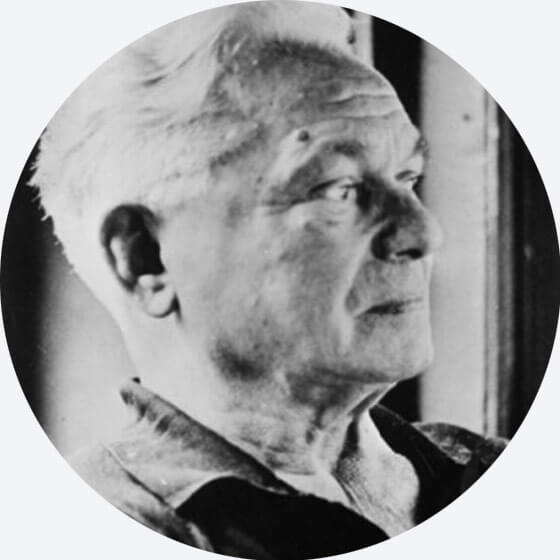
"Just as small bricks are used to form a large structure, well trained small muscles will help to form the large muscles well. So if all your muscles are well trained, you will be able to do your exercises with the smallest effort and the greatest pleasure!"
JOSEPH PILATES
Here you can download our LIVE Pilates hour on the topic. In this LIVE lesson, we will delve into the tips on the topic of "The right posture".
Pilates training leads to change
Pilates training leads to change - not only in alignment, but also in aesthetics. And most importantly: Pilates leads to an increase in your quality of life!
A workout should be done intelligently, according to Joseph Pilates. The focus is on the quality of the exercises and not on quantity. "Better one concentrated execution of an exercise than 20 uncontrolled repetitions" was a statement by Joseph Pilates.
Conclusion: The physical condition and optimal alignment of the body as well as the movement executions require a conscious body awareness of the trainee.
In the video above, I want to give you an idea of how to optimally align your body and notice misalignments. I will lead you into exercises that contribute to this:
- strengthen your body,
- alleviate and perhaps even eliminate discomfort,
- improve your posture
- and increase your quality of life.
Before that, I have one more task for you.
Before you watch the video, ask yourself the following questions:
- Why do I want to learn Pilates?
- What is the main focus for you?
◯ Performance enhancement
◯ Weight reduction
◯ More vitality
◯ Pain-free well-being
◯ A good attitude
Answer these two questions for yourself in writing and observe if you feel the same thing Joseph Pilates noted in his day:
After 10 hours of Pilates you will notice the difference,
After 20 hours you will see the difference,
After 30 hours you will have a new body!
I look forward to your feedback!
PS: With our Pilates training calendar you can easily integrate regular Pilates training into your everyday life and stay motivated.

